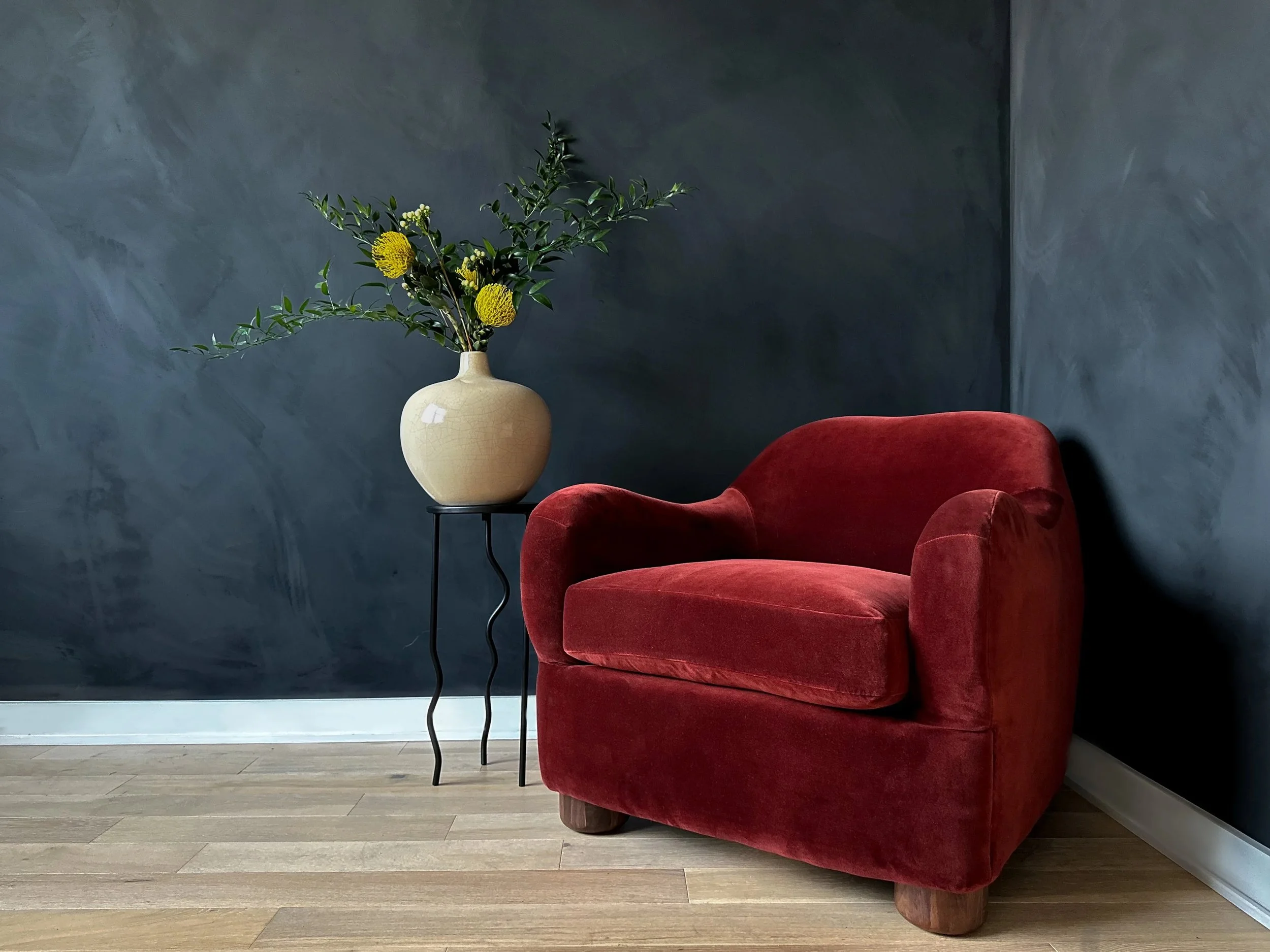Limewashing
The Art of Limewashing Interior Drywall: A Timeless, Modern Finish
If you’ve ever admired the soft, velvety texture of old European walls or the organic, matte finish that seems to glow with natural light, chances are you’ve seen limewash in action. Once reserved for historic stone and plaster surfaces, limewashing has made a big comeback — and yes, it can be beautifully applied to modern interior drywall too. Our services areas include Franklin, TN. Stonebraker Paints would love to come and show you some examples of limewashing in your area .
In this post, we’ll explore what limewash is, how to use it on drywall, and why it’s quickly becoming one of the most sought-after finishes in modern interior design.
What Is Limewash?
Limewash is a traditional paint made from crushed limestone that’s been heated, hydrated, and then mixed with water. The result is a mineral-based coating that penetrates surfaces rather than sitting on top like conventional paint. It creates a beautifully soft, mottled look with natural movement and depth.
Unlike typical latex paints, limewash is eco-friendly, non-toxic, and even antibacterial — a natural fit for sustainable interiors.
Can You Limewash Drywall?
The short answer: Yes, you can!
While limewash was originally used on masonry and plaster, modern formulations and application techniques allow you to achieve the same timeless look on drywall. The key is proper surface preparation and the right primer or mineral base coat. Hiring a pro Like Stonebraker Paints to pick the right material and preform the proper preparation is key for a beautiful finish.
How to Limewash Interior Drywall
Here’s a simple breakdown of the process:
Prep Your Surface
Make sure your drywall is smooth, clean, and dust-free. If it’s been previously painted, lightly sand and wipe it down.Apply a Mineral Primer or Base Coat
Because limewash needs a porous surface to bond with, use a mineral-based primer (often called a “limewash primer” or “mineral sealer”). This creates the ideal texture for limewash to adhere to.Mix the Limewash
Stir thoroughly — limewash naturally separates over time. Some brands allow you to tint it with mineral pigments for custom colors. Stonebraker Paints uses the best products on the marker. Portola Paints is our go to productBrush on the Limewash
Use a large masonry or limewash brush with irregular, crisscross strokes. Don’t worry about perfection — the charm of limewash comes from its uneven, organic finish.Layer for Depth
Most applications require two to three coats, allowing each one to dry before adding the next. The layers build subtle variation and movement.Optional Sealant
For areas that need more durability (like bathrooms or kitchens), finish with a breathable topcoat designed for limewash..


